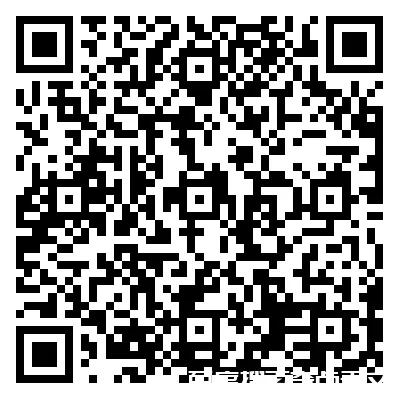
黄道光与火星

Zodiacal Light and Mars
Image Credit & Copyright: Joshua Rhoades
Explanation: Just after sunset on March 7, a faint band of light still reaches above the western horizon in this serene, rural Illinois, night skyscape. Taken from an old farmstead, the luminous glow is zodiacal light, prominent in the west after sunset during planet Earth’s northern hemisphere spring. On that clear evening the band of zodiacal light seems to engulf bright yellowish Mars and the Pleiades star cluster. Their close conjunction is in the starry sky above the old barn’s roof. Zodiacal light is sunlight scattered by interplanetary dust particles that lie near the Solar System’s ecliptic plane. Of course all the Solar System’s planets orbit near the plane of the ecliptic, within the band of zodiacal light. But zodiacal light and Mars may have a deeper connection. A recent analysis of serendipitous detections of interplanetary dust by the Juno spacecraft during its Earth to Jupiter voyage suggest Mars is the likely source of the dust that produces zodiacal light.
Tomorrow’s picture: pixels in space
黄道光与火星
影像提供与版权: Joshua Rhoades
说明: 在这幅3月7日摄于美国伊利诺州荒野的静谧夜空影像里,刚日落的天空,有道淡淡的光带从西方的地平线向天空伸展。这片以古农庄为前景的景观里的光带,名为黄道光,在北半球春天期间,是日落后西方天空很醒目的晕光。在拍照那晚,黄道光带看似淹没了泛黄的火星和昴宿星团。而这二个近合的天体,则悬在老旧谷仓上方的星空中。黄道光是散布在太阳系黄道面附近的尘埃微粒,散射阳光所致。由于太阳系行星的轨道都在黄道面附近,故行星沉浸在黄道光里并不足为奇。然而,黄道光和火星的关联可能更深远。在朱诺号从地球前往木星的旅程中,意外侦测到行星际尘埃,而最近的分析指出,火星可能就是产生黄道光的尘埃之源头。
明日的图片: pixels in space


